At the first signs of overheating, if the arrow of the temperature gauge has gone into the red zone, but no clouds of steam escape from under the hood, turn on the maximum interior heating mode.
This is necessary in order to reduce the temperature of the coolant in the engine cooling system.
Turn on the hazard warning lights, depress the clutch pedal and, using the momentum of the car, try to carefully move to the edge of the roadway and stop as far to the right as possible at the curb, and if possible, outside the roadway.
Let the engine run for a couple of minutes at normal idle speed with the heater on at full power.
WARNING
Do not stop the engine immediately! The only condition is to maintain the tightness of the cooling system.
If a hose has burst or jumped off, or another leak has formed, in addition to the ejection of fluid from under the expansion tank cap, the engine will have to be stopped immediately.
After the overheated engine stops, local overheating of the coolant begins at the points of its contact with the most heat-stressed engine parts and the formation of vapor locks.
This phenomenon is called thermal shock.
1. Stop the engine.
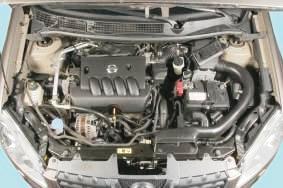
2. Open the hood and inspect the engine compartment.
Determine where the steam is coming from.
When inspecting the engine, pay attention to the presence of coolant in the expansion tank, the integrity of the rubber hoses, radiator, thermostat.
THE PREVENTION
Never open at once a stopper of a broad tank.
The liquid in the cooling system is under pressure, when the plug is opened, the pressure will drop sharply, the liquid will boil and its splashes can scald you.
If you want to open the cap of the expansion tank on a hot engine, first put a thick thick rag on top and only then carefully turn the cap.

3. Look under the instrument panel on the passenger side for leaks or traces of coolant flowing from the heater core.
If a coolant leak is detected, the burst hose can be temporarily repaired with adhesive tape.
GOOD ADVICE
Reinforced (for example, silver colored) adhesive tape, which can be purchased at car dealerships, is especially suitable for this purpose.
A radiator, thermostat or heater leak is quite difficult to fix on the spot, so in such a situation it is necessary to add water to the cooling system and carefully monitor the temperature gauge while driving, periodically restoring the level in the cooling system.
WARNINGS
Long-term use of water instead of antifreeze leads to the formation of scale in the engine cooling system, deterioration of its cooling and, as a result, to a reduction in resource.
Never add cold water to an overheated engine.
It must cool down with the hood open for at least 30 minutes.
4. The engine can overheat if the thermostat fails, which controls the flow of fluid in the cooling system through or past the radiator (to speed up the warm-up of a cold engine).

To check the thermostat, on a warm engine, check the temperature of the hose connecting the thermostat to the radiator by touch.
If the radiator hose is cold, the thermostat is bad and there is no circulation through the radiator.

5. Very often, the cause of overheating of the engine, the cooling system of which is equipped with an electric fan, is the failure of the fan.
Start the engine, monitor the temperature and note if the cooling fan turns on when the engine overheats.
The reasons for the fan not turning on may be a blown fuse (fusible link), a faulty switch-on relay, oxidized contacts in the wiring harness block, or a burnt fan motor.
6. Check and, if necessary, replace the appropriate fuses, fuses, and relays in the relay and fuse box.
If the fan does not start after replacing the fuse and relay, test the motor by taking two extra wires and powering it directly from the battery.
Wires must be securely fastened and insulated.
WARNING
Do not allow wires to short circuit with each other! Pay attention to the polarity of the connection: the electric motor must rotate so that the fan blows air through the radiator to the engine, and the directions of the generated flow and the oncoming (track) air flow coincide.
If the electric motor starts to work, the wiring, fuses or relay for turning on the cooling fan are faulty; if not, the wiring or the motor itself is also faulty.
Relays, fuses and motor are not repairable, replace them.
PREVENTION
Wrap a stopper of a broad tank densely.
The expansion tank is under pressure when the engine is running, so coolant may leak from under a loosely wrapped plug or the plug may be torn off.
USEFUL ADVICE
The plug of the expansion tank has two valves, inlet and outlet.
The exhaust valve plays a big role in ensuring optimum engine temperature.
It maintains an excess pressure of at least 0.13 MPa (1.3 kgf / cm2) in the system, providing an increase in the temperature at which the coolant begins to boil and preventing intense vaporization.
Unfortunately, when the valve is stuck in the closed position during overheating, a significant overpressure of more than 0.15 MPa (1.5 kgf / cm2) occurs, which can lead to a rupture of the expansion tank or a breakdown of one of the hoses.
In turn, the jamming of the valve in the open position leads to premature boiling of the coolant.

Therefore, once a year, rinse the plug of the expansion tank with running water.
If there are doubts about the serviceability of the valve, replace the plug.
Source: http://nissan-qashqai.dv13.ru/neispravnosti/proverka-sistemy-oxlazhdeniya/
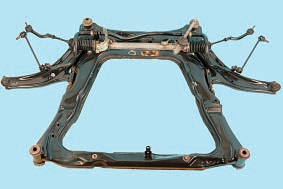
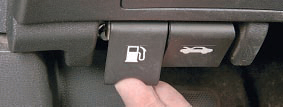

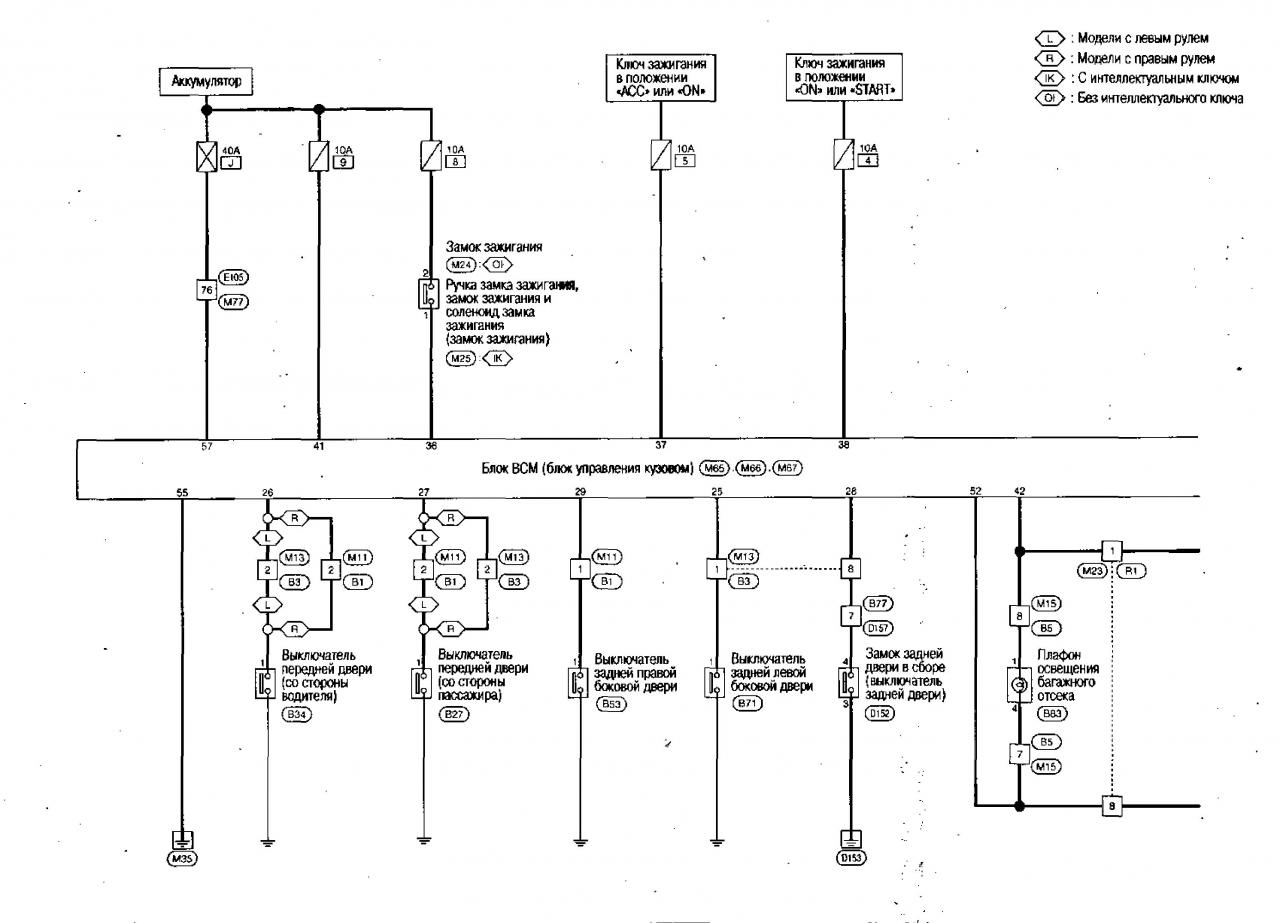

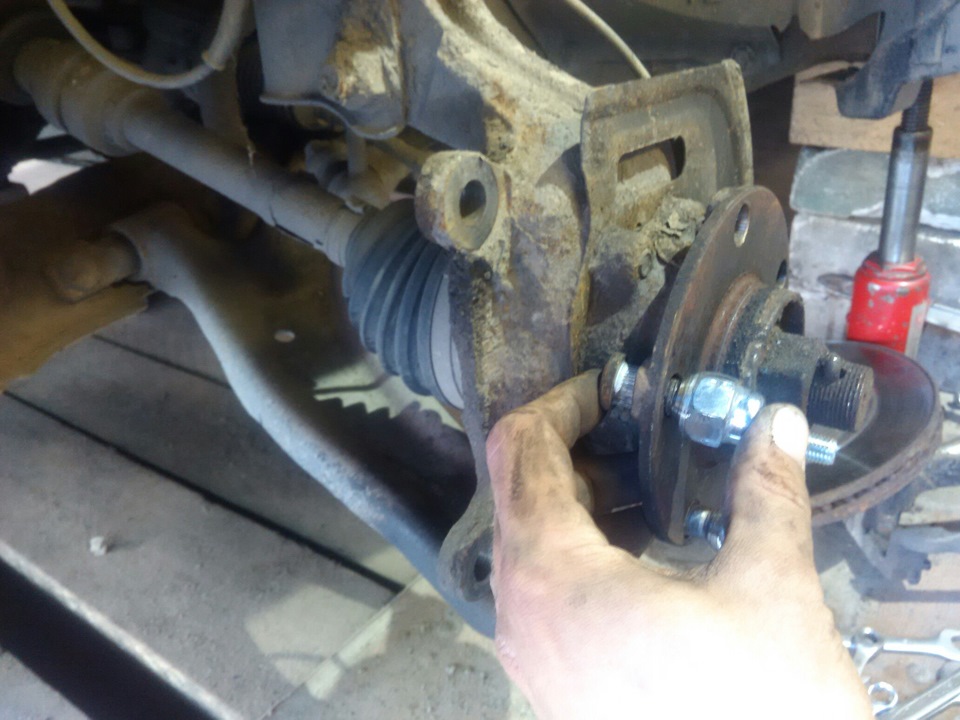
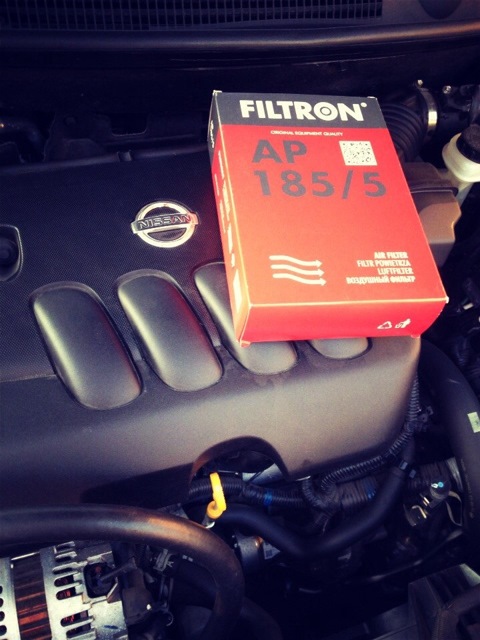
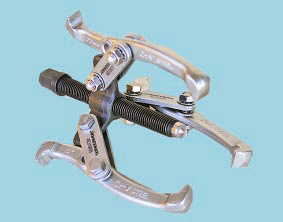
![1 generation [2007 - 2010]](/uploads/Nissan_Qashqai_2007-2010_.jpg)
